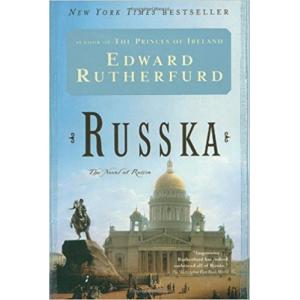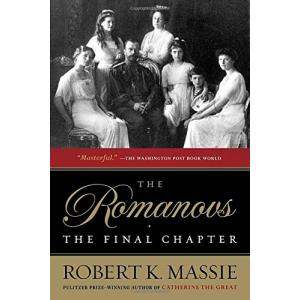This is a four-part lecture on the art of the Romanov Dynasty that includes a video and the lecture text below. To tell this story I am using artwork created during the time of each Romanov tsar and artwork painted years after their deaths. Starting in 1862 Russian artists began drawing on the rich folklore and historical events of their country’s past. By placing these historical paintings into this story their artwork now has context and brings to life the Romanov Dynasty.
To understand Russian art, one must first understand Russian history. The art of the Romanov Dynasty begins with a period of time in Russia known as the Time of Troubles. As the name depicts, Russia was experiencing challenges on every front. The stage was first set with a major famine in the early 1600s. The government distributed money and food to the poor in Moscow, refugees came flocking to the capital and compounding economic disorganization. Rural districts were desolated by famine and plague. This was a time of immense barbarianism as noble families committed atrocities in order to quell uprisings. Large bands of armed brigands roamed the countryside, while the Don Cossacks were restless on the frontier. Together these elements made it difficult for the central government to keep order. Long story short there was a state of utter confusion and disorder throughout Russia.
Artwork and people discussed in this video and the book include:
Appeal of Minin (1896) by Konstantin Makovsky
Kuzma Minin (d.1616)
Prince Dmitry Pozharsky (1577-1642)
"Boris Godunov" (1995) by Leonard Boden
Boris Godunov (1551-1605)
Tatar Prince Chet (c.1200s)
"Depiction of Mikhail Romanov being offered the throne outside the Ipatievsky Monastery" (1673)
Michael Romanov (1596-1645)
Kremlin
"The Descent into Hell" (1460-1490) by Dionisius
"Lady with an Ermine' (1495) by Leonardo da Vinci
"The Holy Trinity" (1380-1430) by Andrei Rublev
"Our Lady of the Don" (1360-1410) by Theophanes the Greek
"Savior Made Without Hands" (c1680s) by Simon Ushakov
Our Lady of Kazan
“Boyarina Morozova” (1887) by Vasily Surikov
Alexis I (1629-1676)
Boyarina Morozova (1887) by Vasily Surikov (1848-1916)
“Stepan Razin Sailing in the Caspian Sea”
"The Execution of Stepan” both painted by Vasily Surikov in 1906
Stenka Razin
“Tsar Alexis Choosing a Bride” (1860-86) by Grigory Sedov (1836–1886)
Maria Miloslavskaya (1624-1669)
Natalia Naryshkin (1651-1694)
Fyodor (1661-1682)
Ivan (1666-1696)
Peter (1672-1725)
“Natalia Naryshkina shows Ivan V to the Streltsy” (1862) by Nikolai Dmitriev-Orenburgsky
Nikolai Dmitriev-Orenburgsky (1838-1898)
Natalia Naryshkina shows Ivan V to the Streltsy (1862)
“Old Believer Priest Nikita Pustosviat Disputing with Patriarch Joachim on Matters of Faith” (1880-81) by Vasiliy Perov
Sophia Alekseyevna
Old Believer Priest Nikita Pustosviat Disputing with Patriarch Joachim on Matters of Faith by Vasily Perov (1834-1882)
Grand Duchess Sophia at the Novodevichy Convent in 1698, (1879) by Ilya Repin
About the Author
Cathy Locke is an award-winning fine art painter, professor, published writer and lecturer. She is the editor-in-chief of Musings-on-art.org and specializes in Russian and European art.
Cathy Locke’s artwork – www.cathylocke.com












